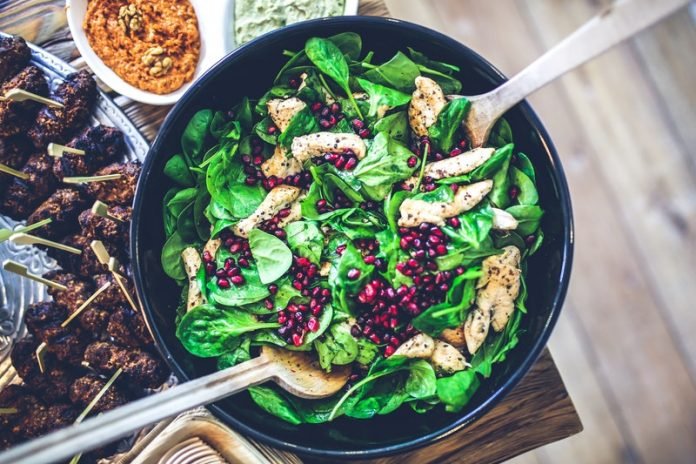
An ischemic stroke occurs when the blood supply to part of the brain is interrupted or reduced, preventing brain tissue from getting oxygen and nutrients. Brain cells begin to die in minutes.
A stroke is a medical emergency, and prompt treatment is crucial. Early action can reduce brain damage and other complications.
Major warning signs of stroke include Sudden numbness or weakness in the face, arm, or leg, especially on one side of the body.
Sudden confusion, trouble speaking, or difficulty understanding speech. Sudden trouble seeing in one or both eyes. Sudden trouble walking, dizziness, loss of balance, or lack of coordination.
More than 90% of stroke risk is attributable to modifiable risk factors.
This video talks about what to eat for stroke prevention.
Whole grains, fruits and vegetables—especially citrus, apples/pears, and dark green leafy vegetables—green tea, garlic, and nuts. These are all things we should strive to include in our daily routines.
Disclaimer: Any information on diseases and treatments available at this video is intended for general guidance only and must never be considered a substitute for the advice provided by your doctor or other qualified healthcare professional.
Always seek the advice of your physician or other qualified health care professional with questions you may have regarding your medical condition.
If you care about stroke, please read studies about a strong link between COVID and stroke, and doing this after stroke is critical for long-term survival.
Source: NutritionFacts.org (Shared via CC-BY)




